The prettiest color you'll never see
On discovery, jealousy, machine-made experiences, and earthly teal.
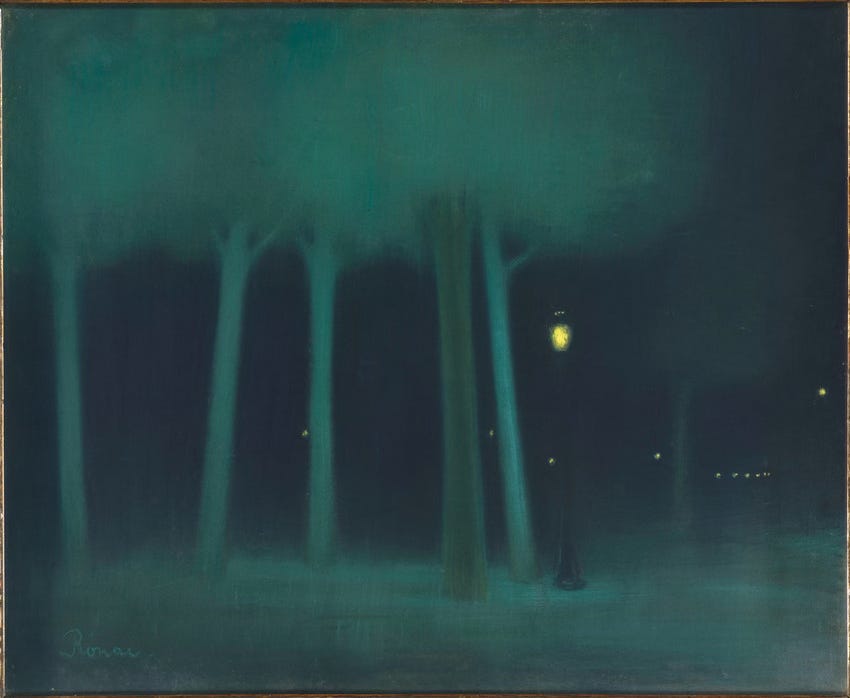
Researchers at UC Berkeley have reportedly discovered a new color, one never before seen by the human eye. Only five humans have witnessed this hue. In order to access it, you need to be on campus, in a lab, with a bite plate in your mouth. “Keep your head as steady as you can,” writes Ross Anderson for The Atlantic. “A laser will be fired into one of your eyes, targeting more than a thousand of your cone cells… The lasers will activate your color vision like nothing in the natural world: A small square of exotic color will appear, just off-center from the focal point of your vision, against a background field of gray.”
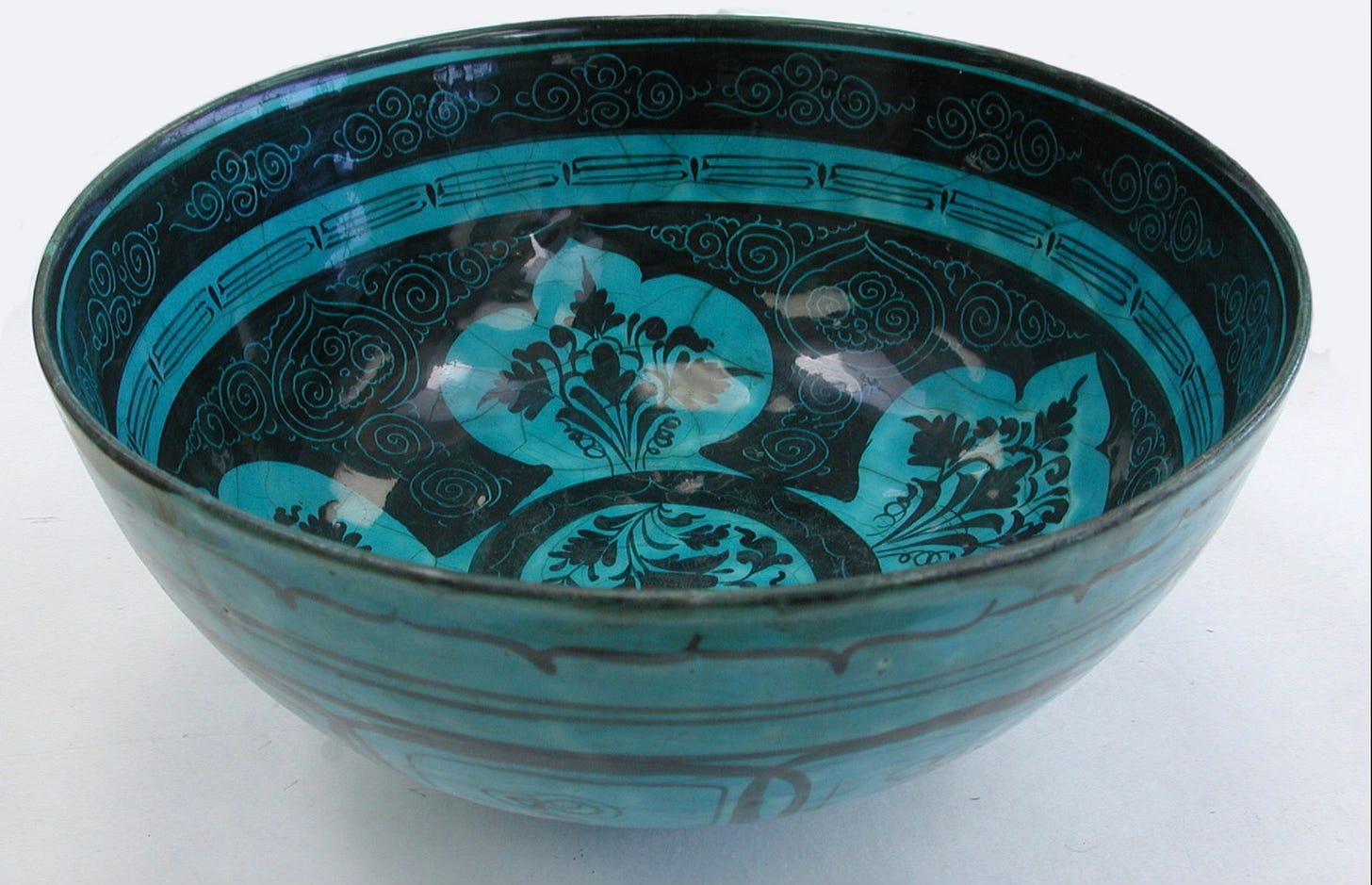
This “exotic color” is described by the people who’ve seen it as an “ultra intense teal.” It can’t exist outside a laboratory setting; machines are necessary for the experience.
It was named olo, a play on 0 1 0. Those numbers correspond to the types of cone cells that have to be stimulated in order to generate the vision. Researcher James Fong came up with the name, and although he hasn’t seen the color himself, he told The Atlantic that it’s his new favorite—better than all the greens and blues he knows intimately. All those nighttime hues, those teals that reside in the deep shadows of a cityscape, the shallow waters of a tide pool. Hmm.
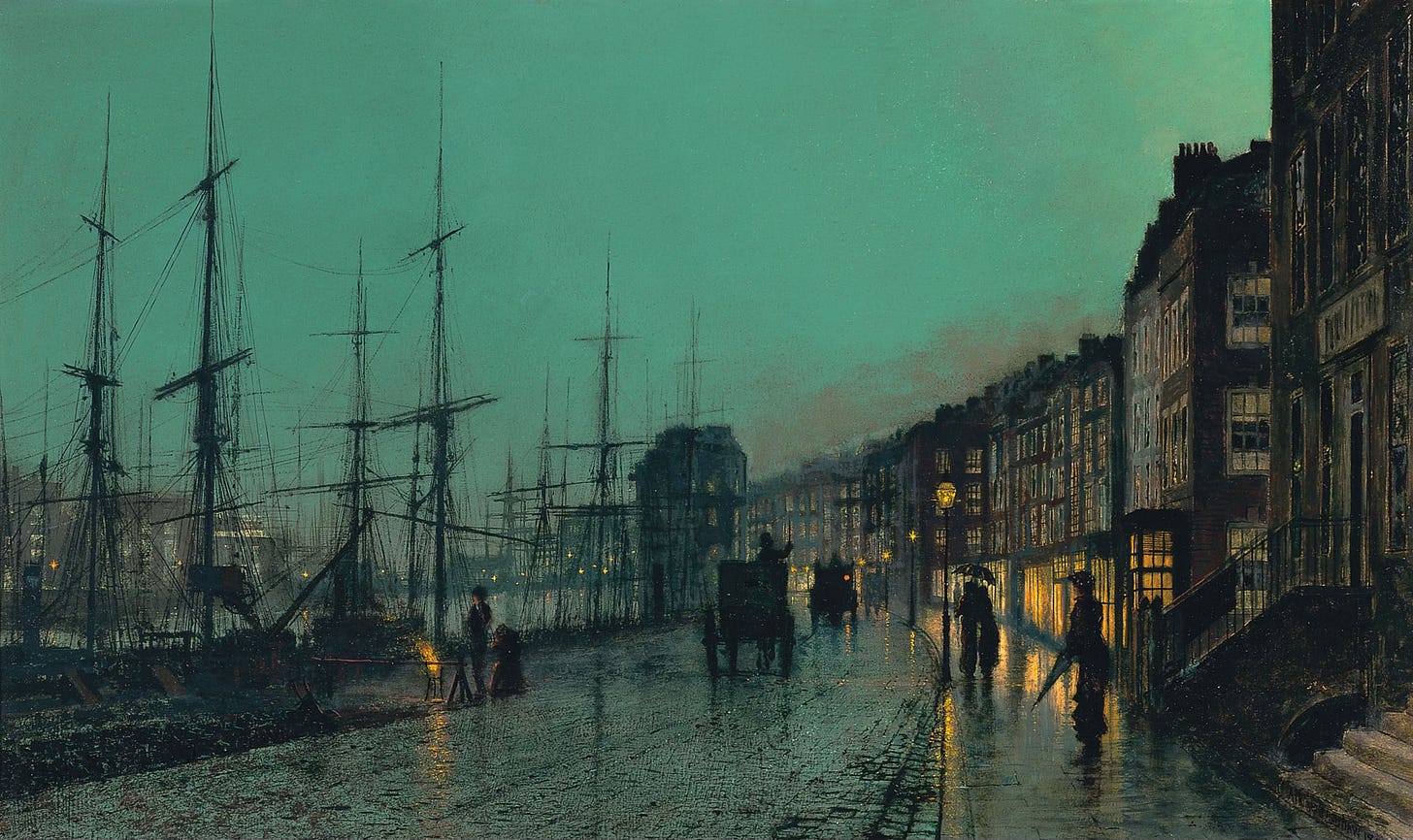
I’m skeptical of this color, and despite the breathless headlines (or perhaps because of them), I doubt the significance of its discovery. Maybe I’m a little jealous. I can’t see this color, that’s the premise of its existence: you can’t have it. That should make me want it more, but somehow it doesn’t.
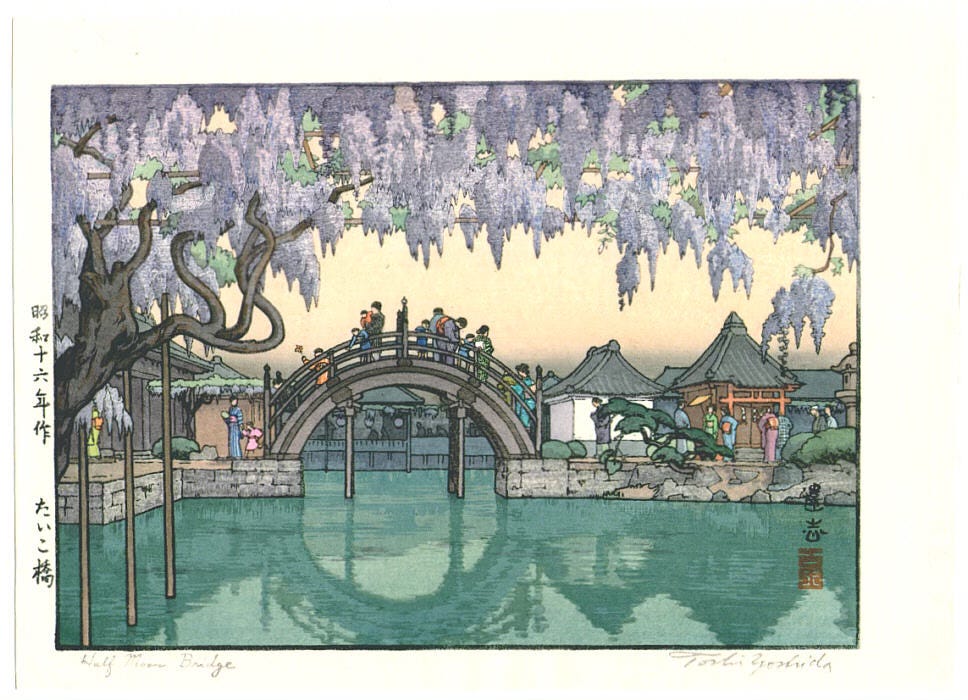
It’s not quite the same, but the story of olo reminds me of the legend of celadon. The quick version: From the ninth century to the late twentieth century, there existed a color so lovely that only royalty were allowed to view it. Known as “mi se,” which means “mysterious color,” this hidden hue adorned special porcelain. It was rumored to be a shade of teal, a green-ish, gray-ish, blue-ish, yellow-ish color. Some said it was like jade, but given the natural variation of that stone, the descriptor was of little help. It remained shrouded in secrecy until 1987 when archeologists exploring a temple outside of Xi’an opened a chamber of treasures. There, among the ruins, was a collection of mi se ceramics. The cat was out of the bag, the unseen green was finally visible. It was teal, it was celadon, it was sage, it was nice. It was pretty. But it was no longer unbearably beautiful; it no longer shone with that interior sheen.
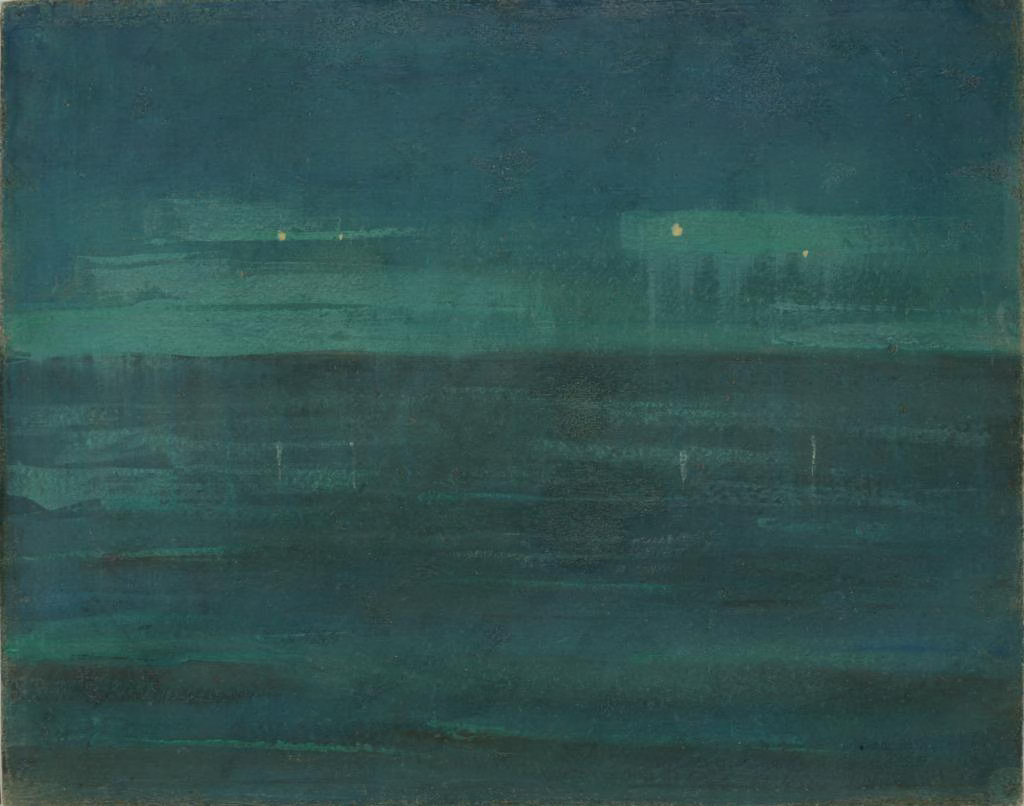
I’m not exactly claiming that the mind’s eye is more powerful than the two in our sockets, but there is something to be said for beauty imagined. We all know how scary it is when you can’t see the monster on screen in a horror movie, how the mind creates terrors far stranger and more dreadful than CGI ever could. Don’t we do this with beauty as well? (Isn’t that part of the reason that AI graphics feel so hollow—the program promises to deliver our imagination back to us, but instead serves reheated nachos.)
What is olo? I can imagine it, and in my head, it shimmers with a beguiling iridescence. Like the northern lights, it’s on the move, a dancing thing, playful and bright. I think it’s lovely, but then again, I think most teals are lovely. They’re my favorite category of color, those mallard hues, the lake dark greens and Atlantic blues.
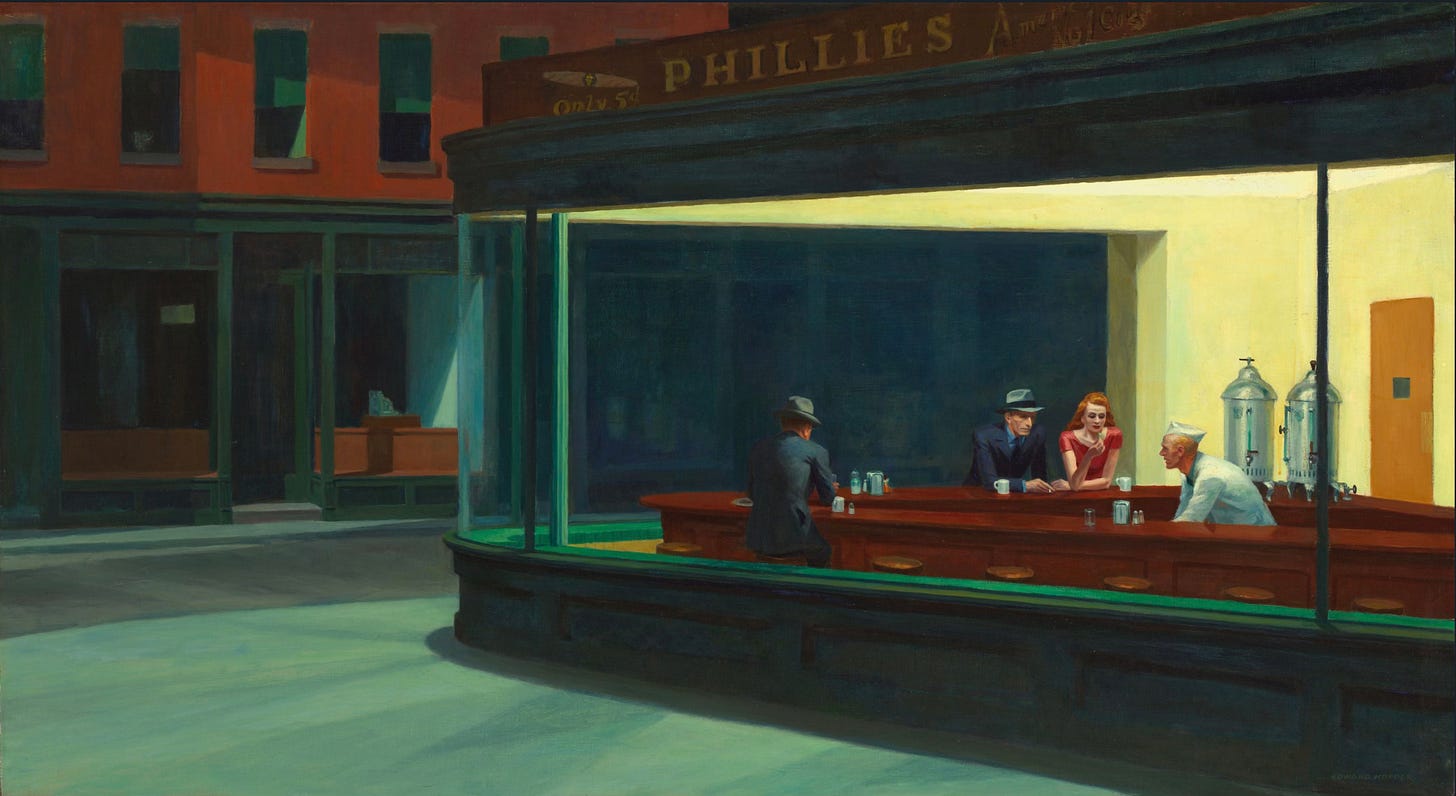
Would I jump at the chance to experience olo? Of course. I’d love to fly to California and bite that strap. I’d keep my head so very still. But since that’s unlikely to happen, I think I’ll settle for celebrating teal—all the shades we already have. They’re pretty great, too.





Oh my god Katy, I'm a painter and thought the same about this!!! I'm skeptical that is truly new, perhaps for eyes that are not used to color, but probably cause I'm jealous, hahaha. I wrote this text about this shade, and I have to say, I'm Spanish so I didn't know the word "teal". Thanks for the discovery, and for your great text :)
https://open.substack.com/pub/marinarocade/p/the-self-explanatory-theory-of-color-0d2?utm_source=share&utm_medium=android&r=9218i
When I first saw this story, is it weird my first reaction was, "Katy Kelleher needs to hear about olo!"
/ Half a second later, laughing at myself: "Steve, she was probably in the lab!"
// Enjoyed your write-up. Loved the selection of paintings as always. I'm hesitant to discount the ineffable experiences of others, but olo does feel imaginable and hidden somewhere inside the rainbow we're familiar with, but I'd like to verify that for myself before I die. #OLOYOLO